We're only weeks away from the start of the 2020 AFL season, but which club's list is best placed for short and long-term success?
ESPN's draft expert Chris Dorre assesses the strengths and weaknesses of every squad, for the immediate future and down the track.
Note - only players born in 1994 or later were considered in the following long-term outlooks. The 'core pieces' are those viewed as players a club can build around with confidence, and are projected to become top-10-on-list quality players on the average team.


Adelaide
Short-term outlook
Strength: Adelaide's strength is their defence. With the return of Tom Doedee, shift into defence of Bryce Gibbs and the drafting of Fischer McAsey, their back half is well placed.
Weakness: Adelaide's front half is their weakest area with Taylor Walker and Tom Lynch having little support with the Crows' small and medium forwards leaving a lot to be desired.
Projection: With Adelaide letting Cameron Ellis-Yolmen walk as a free agent and trading Hugh Greenwood, Alex Keath, Josh Jenkins, Sam Jacobs and Eddie Betts, the Crows have shifted their mindset from contending for a top-8 position to providing their youth with greater opportunities. This should see Adelaide drop down the ladder in 2020.
Long-term outlook
Core pieces: Matt Crouch, Brad Crouch, Reilly O'Brien, Wayne Milera, Tom Doedee and Fischer McAsey.
Strengths: Adelaide's defence, as in the short term, is their strength with Milera, Doedee and McAsey three good pieces to build around. Reilly O'Brien through the ruck should continue to grow into the role.
Weaknesses: What Adelaide are lacking is anything notable up forward or any significant support for Matt and Brad Crouch in the long run through the midfield.

Brisbane
Short-term outlook
Strength: Brisbane's strength is in their depth of quality inside midfielders, led by Dayne Zorko, Lachie Neale and Jarryd Lyons. Brisbane's midfield appears even more potent in 2020 with the additions of Deven Robertson, Cam Ellis-Yolmen and the likely continued development of Jarrod Berry.
Weakness: Brisbane's front half is where they're weakest with Charlie Cameron the sole star and Eric Hipwood a capable key forward who requires greater assistance.
Projection: Brisbane can continue contending for top-4 positions over the next few years.
Long-term outlook
Core pieces: Charlie Cameron, Harris Andrews, Eric Hipwood, Hugh McCluggage, Jarrod Berry, Alex Witherden, Cam Rayner, Deven Robertson and Connor Ballenden.
Strengths: In the long-term, Brisbane have one of the best young and balanced cores in the competition. Their front half, midfield, defence and key position stocks are all well placed for the long-term.
Weaknesses: Brisbane are missing a quality young ruckman which should over the coming seasons be added in combination with a blend of talent in other positions.
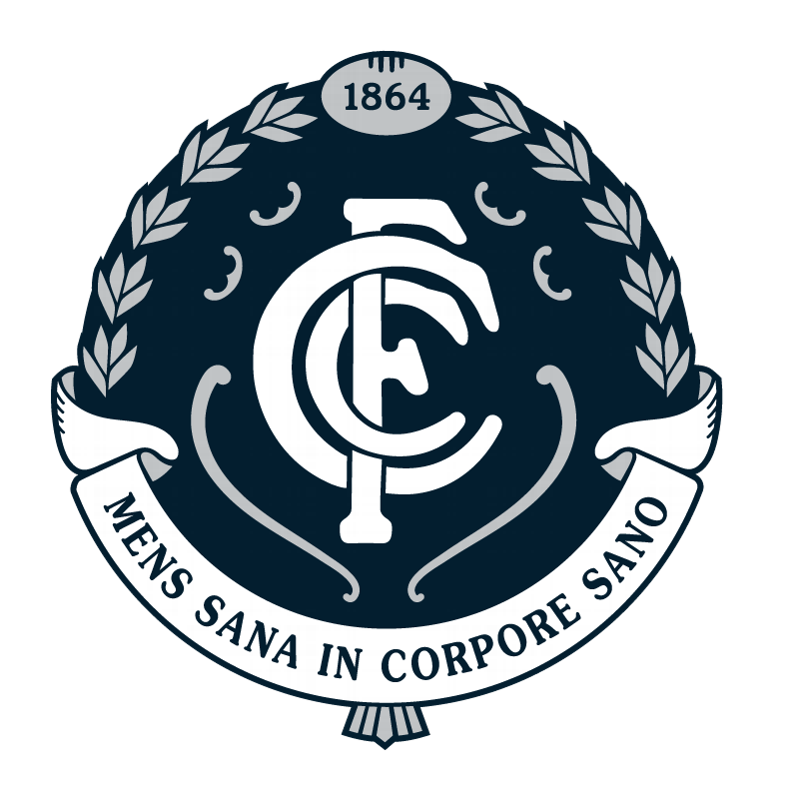
Carlton
Short-term outlook
Strength: Carlton's key position stocks are strong and deep at both ends of the field. They are well served by Charlie Curnow, Harry McKay, Jacob Weitering, Liam Jones and the versatile Levi Casboult.
Weakness: Where the Blues arguably need to improve furthest is with their small and medium forwards. Carlton recruited Eddie Betts, understanding they lack a crafty forward to complement their talls, but the veteran is unlikely to provide much support, struggling in 2019 aside from two strong performances against the Suns.
Projection: With Carlton's emerging young core, expect continued improvement with top-8 finishes to soon follow.
Long-term outlook
Core pieces: Patrick Cripps, Sam Walsh, Charlie Curnow, Harry McKay, Jacob Weitering, Sam Petreveski-Seton, Jack Martin and Brodie Kemp.
Strengths: Carlton's long-term core is one of the competition's best. Their key position stocks are as well placed going forward as any with Curnow, McKay and Weitering among the best young key position players in the competition. Having a 'big-two' through the midfield in Cripps and Walsh is a secondary strong point to build around.
Weaknesses: In coming seasons, Carlton will need to add general forwards and defenders to complement their key position players.
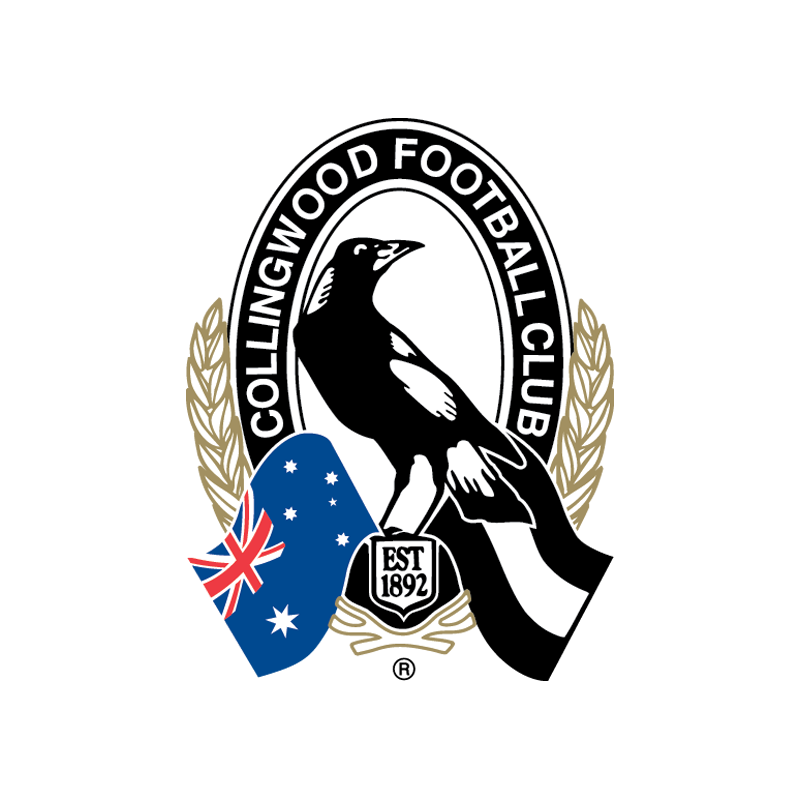
Collingwood
Short-term outlook
Strength: Collingwood's defence is their foundation. They are well led by Jack Crisp, Jeremy Howe, Darcy Moore and Brayden Maynard. The supporting cast is capable and there is growing depth behind them with Isaac Quaynor likely to break through this year as a regular.
Weakness: Where Collingwood need greater support is the front half. Jordan De Goey and Jaidyn Stephenson are both stars, and when healthy Jamie Elliott is a capable third option, but at this stage the club is short a great key forward and a crumber to complement their guns.
Projection: With the star power Collingwood possess, they will again be contending for a top-4 position.
Long-term outlook
Core pieces: Brodie Grundy, Jordan De Goey, Jaidyn Stephenson, Darcy Moore, Brayden Maynard and Tom Phillips.
Strengths: Collingwood are strong through the ruck with Grundy as good as any and durable. The Pies also have a good foundation of general forwards to build around in De Goey and Stephenson.
Weaknesses: Collingwood are deficient of any quality long-term inside midfielders who can succeed their star veterans. Other than an injury prone Moore, Collingwood have no other key position players they can build around.
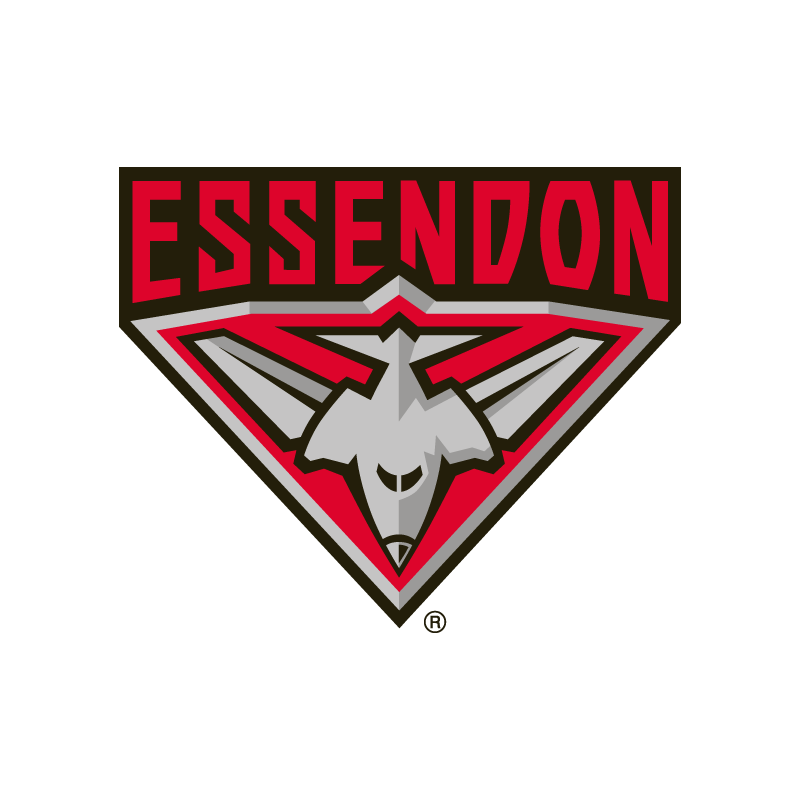
Essendon
Short-term outlook
Strength: Essendon's defence is strong. They possess a formidable mix of smalls and talls with Adam Saad and Conor McKenna their premier rebounding defenders and Michael Hurley and Cale Hooker capable key defenders.
Weakness: Where Essendon require further help is through the midfield. Zach Merrett, Dylan Shiel and Dyson Heppell are excellent, and Andrew McGrath is ascending. Nonetheless, Essendon are one big bodied ball-winner and one quality outside midfielder away from having a complete midfield that stacks up against the better teams.
Projection: With Essendon's midfield weakness and the questionable availability of the injury prone Joe Daniher and Orazio Fantasia, the Bombers will be reliant on a healthy list in order to contend for September action.
Long-term outlook
Core pieces: Zach Merrett, Andrew McGrath, Conor McKenna, Adam Saad, Joe Daniher, Orazio Fantasia and Jake Stringer.
Strengths: Essendon's strong points are their mix of general defenders and their front half. With McKenna, Saad and, if required, McGrath able to push behind the ball, it's as impressive a group of young defenders as there is. Their front half, if healthy, is also enviable though Daniher and Fantasia will have to decide to stay for that to remain the case.
Weaknesses: What Essendon lack are quality young key defenders and midfield quality to complement Zach Merrett.

Fremantle
Short-term outlook
Strength: Fremantle's greatest strength is their front half. In a perfect world, Jesse Hogan returns, but even if he doesn't, Fremantle still have an impressive mix of key forwards with Matt Taberner, Rory Lobb, Brennan Cox and Cam McCarthy. Michael Walters is one of the competition's premier small forwards while Caleb Serong, Liam Henry and Sam Sturt can improve their small and medium forward mix.
Weakness: Following the departure of Lachie Neale at the end of the 2018 season, Fremantle's midfield has become over reliant on Nat Fyfe and that is likely to continue in 2020. With David Mundy to miss the beginning of the season, former top-five selections Adam Cerra and Andrew Brayshaw will need breakout years for Fremantle's midfield to be competitive and prevent a drop down the ladder in 2020.
Projection: Losing outside run with the departures of Brad Hill and Ed Langdon, and with Jesse Hogan's future uncertain, Fremantle are likely to prioritise opportunities for their youth and inject games into their recent early draft choices.
Long-term outlook
Core pieces: Sean Darcy, Hayden Young, Adam Cerra, Andrew Brayshaw, Caleb Serong, Liam Henry, Luke Ryan and Jesse Hogan.
Strengths: Fremantle have in recent years added a combination of capable midfielders, forwards, defenders which puts them in good stead for the future. Add that to a strong ruck division and Fremantle have a bright long-term future - assuming their recent early draft selections develop as expected.
Weaknesses: With the future of Hogan uncertain, the Dockers need to find their next generation key position players in a few years as their other established key position players draw closer to 30 years of age.
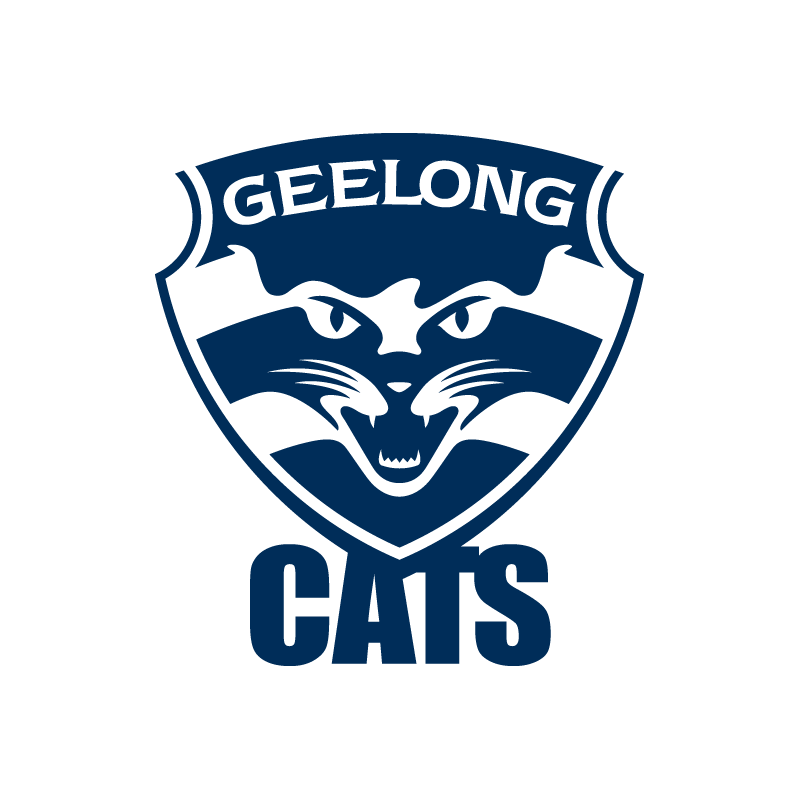
Geelong
Short-term outlook
Strength: Geelong's greatest strength is their front half with Tom Hawkins, Gary Ablett and Luke Dahlhaus the stars while the addition of Josh Jenkins takes pressure off Hawkins closer to goal. Gryan Miers and Esava Ratugolea are ascending and should only get better.
Weakness: Geelong's major weakness is their ruck division. The Cats lack so much confidence in their ruckmen that they elected not to select one in their qualifying final against Collingwood last year, a sign they're less than convinced by those they have.
Projection: Despite the loss of Tim Kelly, Geelong have the capacity to contend for another top-four finish with the experience and quality still on their list.
Long-term outlook
Core pieces: Jordan Clark, Gryan Miers, Cooper Stephens and Esava Ratugolea.
Strengths: Geelong's front half is a relative strength with both Miers and Ratugolea two pieces the club can build around.
Weaknesses: With the thinnest young core of any club in the competition, Geelong are over reliant on their veterans and will need to add substantial talent over coming years to ensure they remain competitive once their current top-liners retire.

Gold Coast
Short-term outlook
Strength: Gold Coast are well placed through the ruck with Jarrod Witts leading the way, with enough capable depth behind him.
Weakness: Across all lines, the Suns lack star power and need to add more established talent.
Projection: With a lack of quality established players, it is unlikely Gold Coast finish higher on the ladder in 2020. Over the next few seasons, the Suns will go as far as their youth takes them - pumping games into their youth is essential as their young players are their better talents.
Long-term outlook
Core pieces: Jack Lukosius, Izak Rankine, Ben King, Matthew Rowell, Noah Anderson, Sam Flanders and Charlie Ballard.
Strengths: Possessing arguably the most exciting young 'big-7' in the competition, the Suns have strong key position stocks, an excellent midfield and a front half that can cause problems for a long time.
Weaknesses: Gold Coast lack quality young general defenders and will need to start investing over coming years.
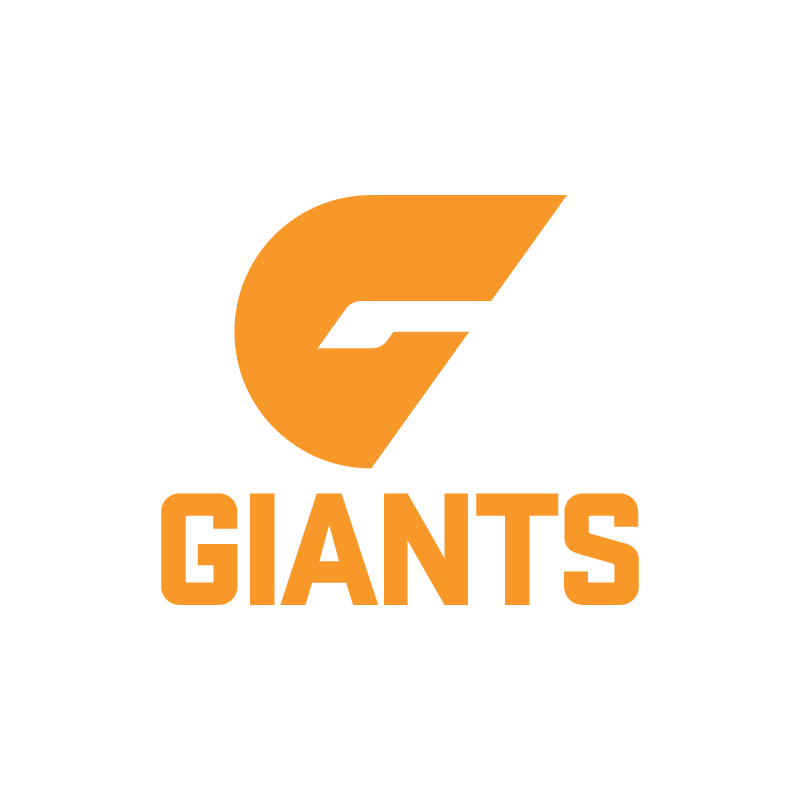
Greater Western Sydney
Short-term outlook
Strength: The Giants possess arguably the competition's best midfield - it is balanced with quality on the inside and outside. The combination of star power and the sheer depth of quality youth outside their best 22 is what makes the Giants' midfield so incredible.
Weakness: Where the Giants are weakest is up forward. Jeremy Cameron is a star and Jeremy Finlayson emerged in 2020 as a second high calibre key forward. Toby Greene is one of the best general forwards in the competition. While they're an excellent trio, the Giants would benefit from providing them with greater support.
Projection: The Giants should again contend. They have too much talent not to be a top-4 side and with a clean run with injury have the scope to win a premiership.
Long-term outlook
Core pieces: Lachie Whitfield, Josh Kelly, Tim Taranto, Zac Williams, Sam Taylor, Jeremy Finlayson, Jacob Hopper, Tom Green and Lachlan Ash.
Strengths: GWS' long-term core of midfielders is arguably the strongest in the competition and extends well beyond their core pieces. Their key position stocks are similarly well placed.
Weaknesses: What the Giants lack is quality young small or medium forwards.
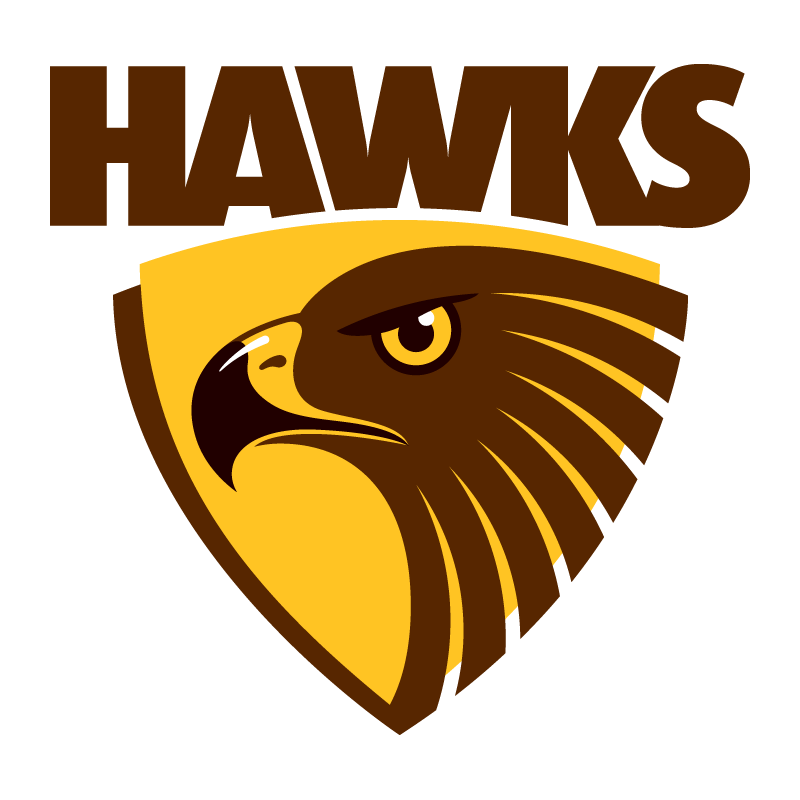
Hawthorn
Short-term outlook
Strength: Where Hawthorn remain most exciting is in the front half. Jack Gunston and Luke Breust are established stars, Mitch Lewis is ascending while Jon Patton appears to be one of the recruiting choices of the offseason. With Chad Wingard able to rotate through the front half and likely healthier than in 2019, Hawthorn have one of the competition's most dangerous front halves.
Weakness: Hawthorn are well balanced across all lines, but their defence is their weakness. Their mix of general defenders is strong with James Sicily the club's most influential. Where they're lacking is their key defence stocks. The additions of Sam Frost and Michael Hartley add depth but with James Frawley and Ben Stratton both ageing, Hawthorn's key defence stocks lack a difference-maker.
Projection: The return of Tom Mitchell, a healthier Wingard and Tom Scully along with the addition of Patton should see the Hawks improve and regain a top-8 position.
Long-term outlook
Core pieces: James Sicily, James Worpel, Jaeger O'Meara and Mitch Lewis.
Strengths: Aside from Hawthorn's young core pieces, they have some capable general defenders beyond Sicily, who can develop into capable components.
Weaknesses: Hawthorn will need to add their next generation forwards, key position players and ruckmen over coming seasons with little to get excited about among their long-term stocks.
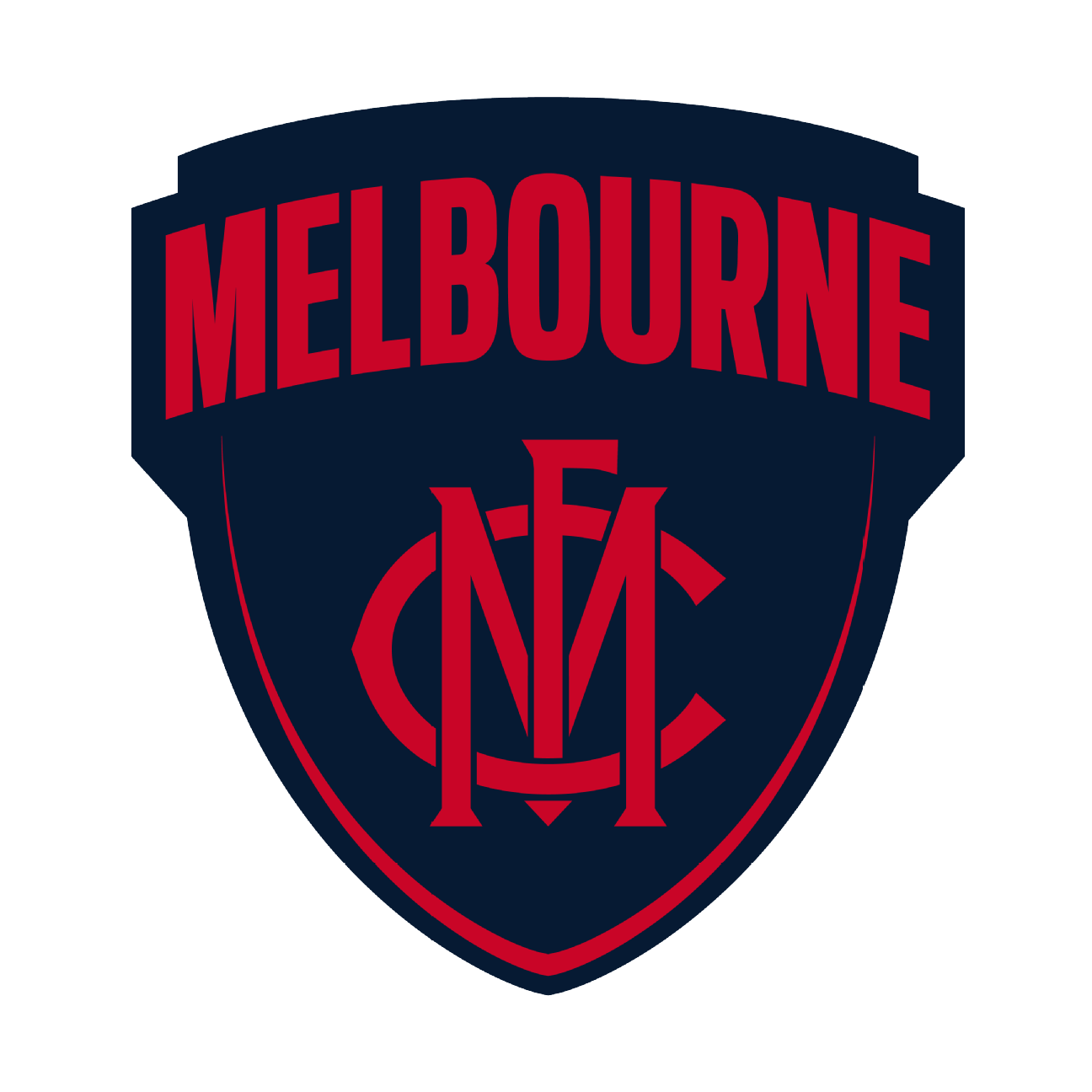
Melbourne
Short-term outlook
Strength: What Melbourne do have is a ruck division that is the envy of the competition. Max Gawn is one of the competition's two premier ruckmen, Braydon Preuss is a capable injury replacement and Luke Jackson can be Gawn's successor.
Weakness: Melbourne remain weak in their front half with Tom McDonald an excellent primary target but lacking meaningful support since the departure of Jesse Hogan. Bayley Fritsch is handy when used forward and Christian Petracca is another damaging player but is likely to see greater midfield opportunity in 2020, which leaves the Demons without much forward of centre.
Projection: After appearing slow in 2019, Melbourne injected speed over the offseason to better balance their list, headlined by the additions of Ed Langdon, Adam Tomlinson and Kysaiah Pickett. With a still slow group of inside midfielders and an uninspiring front half, Melbourne, while likely to improve, are probably going to remain outside the top-8
Long-term outlook
Core pieces: Clayton Oliver, Jake Lever, Christian Salem, Christian Petracca, Angus Brayshaw, Jack Viney, Luke Jackson, James Harmes, Bayley Fritsch and Ed Langdon.
Strengths: The sheer number of quality young players is what stands out for Melbourne. Their midfield and defence are well placed with several quality pieces who can be built around.
Weaknesses: What should be noted is while Melbourne's number of core pieces is high, they do lack the absolute top-end star power some other sides possess. What is lacking is their key position stocks. Lever is Melbourne's one established tall defender. With his intercepting capabilities, the less man-on-man responsibility he has, the better.
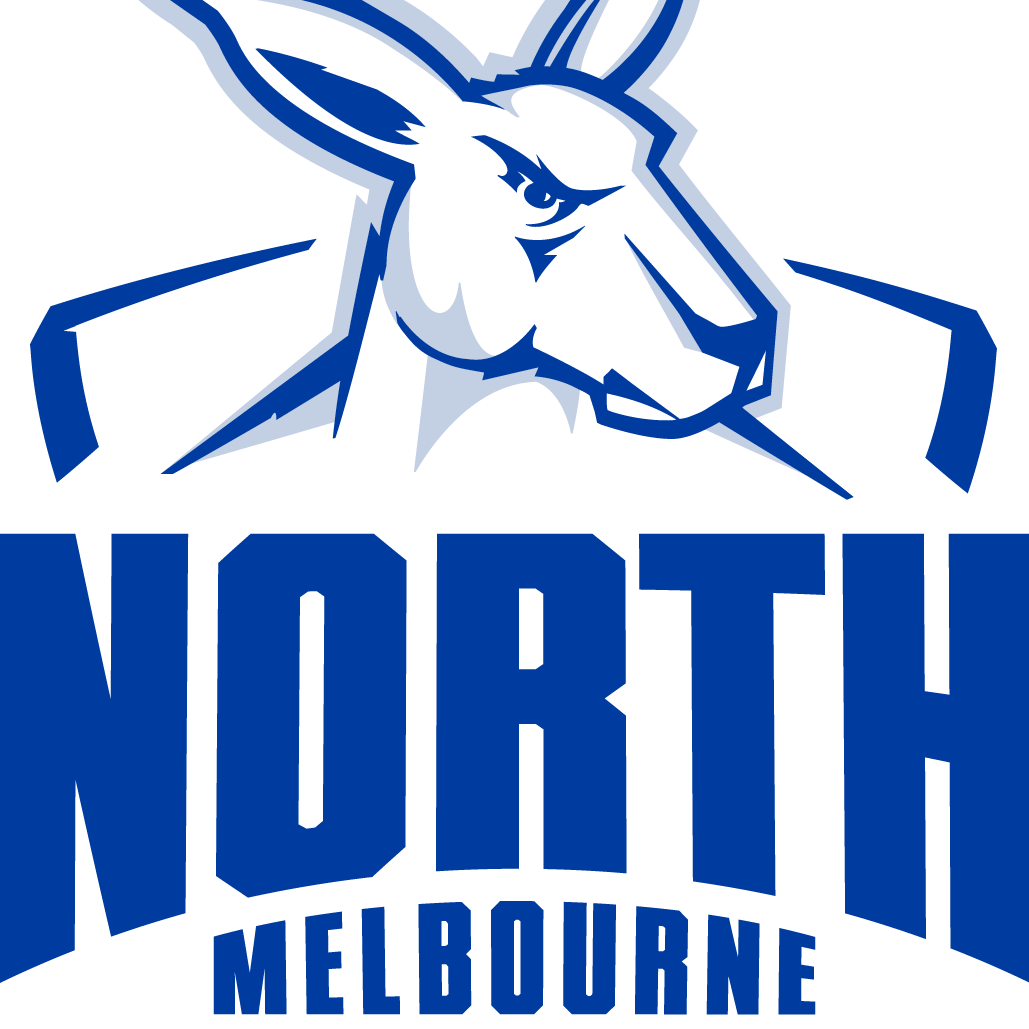
North Melbourne
Short-term outlook
Strength: The depth of North Melbourne's midfield is what stands out. North don't have overwhelming top-end midfielders with Ben Cunnington and Shaun Higgins their two best, but what they do have is a complete midfield, emerging youth and considerable depth.
Weakness: The most work for North Melbourne is required up forward. They have a strong combination of talls in Ben Brown and the emerging Nick Larkey. What they don't have is enough quality general forwards to complement them. Cameron Zurhaar emerged as a piece in 2019 and Tarryn Thomas had a strong first season, though looks likely in the future to play more through the midfield.
Projection: With the potency of North's midfield, they can contend for a top-8 position but to make it, will require their recent list additions to strengthen their best side.
Long-term outlook
Core pieces: Trent Dumont, Tarryn Thomas, Cameron Zurhaar, Nick Larkey and Jy Simpkin.
Strengths: The front half is where North Melbourne are best placed over the long term with Zurhaar and Larkey appearing a good combination, while Thomas and Simpkin can both rotate through there
Weaknesses: Aside from having a thin core group, North's greatest weakness is their defence which lacks any sure long-term players. Of further concern is no clear long-term ruck successor to Todd Goldstein.
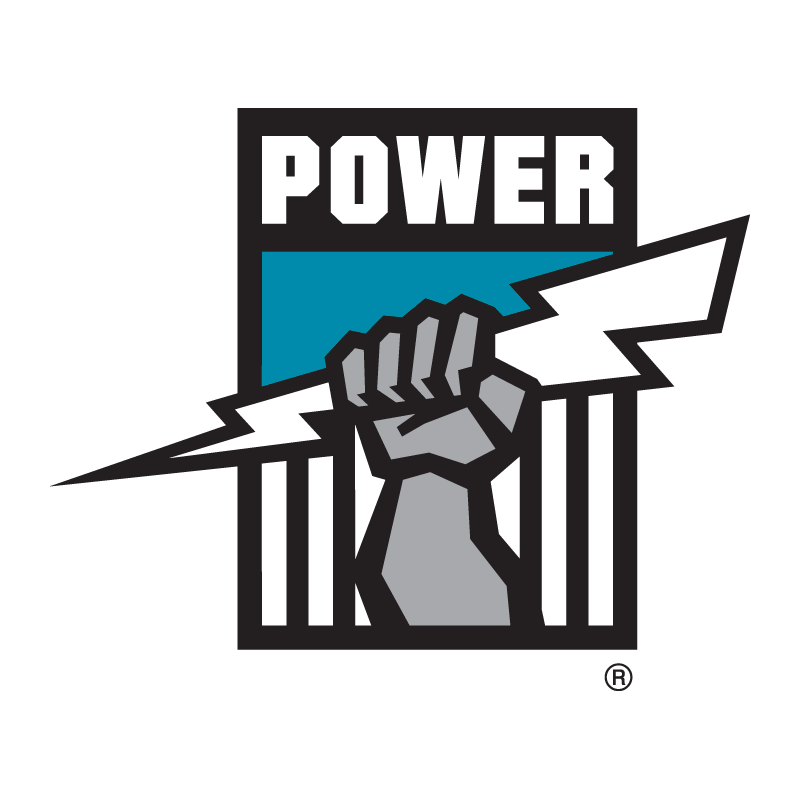
Port Adelaide
Short-term outlook
Strength: Port Adelaide's midfield is their strength. Like North Melbourne, Port lack a superstar midfielder, but they have a midfield that runs so deep with 'name players' - the greatest difficulty is fitting everyone into their best 22.
Weakness: Where the Power are weakest is in their front half. Justin Westhoff is aging, Charlie Dixon is injury prone and Todd Marshall has yet to break out into a productive player at AFL level. The Power's general forwards are excellent, though on a more balanced team, each of Robbie Gray, Connor Rozee, Zak Butters and Brad Ebert would receive greater midfield opportunity.
Projection: With Port Adelaide's strong midfield and ascending youth, they can contend for a top-8 position. But with a questionable front half and a lack of reliable talls, a finals berth is far from assured.
Long-term outlook
Core pieces: Connor Rozee, Ollie Wines, Dan Houston, Xavier Duursma, Zak Butters, Sam Powell-Pepper and Ryan Burton.
Strengths: Port Adelaide's midfield for the future is well placed and has among the most exciting long-term outlooks in the competition, with their young midfielders developing rapidly.
Weaknesses: The Power's front half is lacking assuming a transition from Rozee into the midfield. Their key position stocks also will need to be added to over the coming seasons with no young standouts at this point.

Richmond
Short-term outlook
Strength: Even with the unexpected retirement of Alex Rance, Richmond's defence remains arguably the strongest in the competition. They have no shortage of quality tall defenders with Dylan Grimes, David Astbury and an emerging Noah Balta, who if developed in defence, can be a third difference-making tall. Richmond's tall defenders are well complimented by Bachar Houli, Nick Vlastuin and Jayden Short while Sydney Stack should become a fixture in Richmond's best side.
Weakness: Where Richmond have classically been weak is through the midfield. Over the years, Dustin Martin, Trent Cotchin, Shane Edwards and Dion Prestia have relatively lacked support. The emergence of Marlion Pickett, who should be a regular, and the development of Jack Graham and Jack Ross can see Richmond's midfield improve in 2020.
Projection: Richmond is the competition's dominant side and, on paper, is getting stronger.
Long-term outlook
Core pieces: Sydney Stack, Noah Balta, Dion Prestia, Nick Vlastuin, Toby Nankervis and Daniel Rioli.
Strengths: As often happens with the great teams, Richmond's youth develops rapidly, and the Tigers are likely to continue to see that over the next few seasons. Richmond's ruck division appears set with a number of young players able to perform through there.
Weaknesses: What Richmond are missing is young star power across the field. While Richmond are developing their talent effectively, their stars are their veterans.
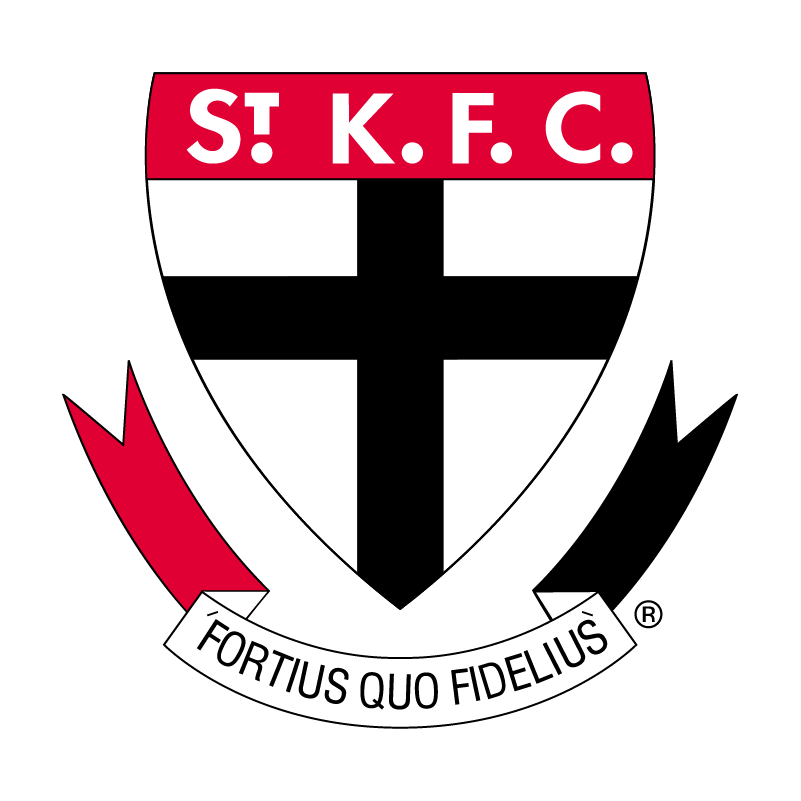
St Kilda
Short-term outlook
Strength: What St Kilda have no shortage of, and are arguably overstocked in, is general defenders, with enough capable defenders to fill two teams. There are no stars amongst the group, but the competition for spots in defence should be hot again in 2020.
Weakness: The most pressing weakness for the Saints is a lack of star inside midfielders, with the club lacking genuine inside mids who possess x-factor.
Projection: Outside speed was added over the offseason, but their midfield remains short of star power especially on the inside. Because of this, despite numerous experienced players added to the Saints list, it is difficult to see the Saints earning a top-8 position.
Long-term outlook
Core pieces: Rowan Marshall, Max King, Jade Gresham, Hunter Clark, Jack Billings, Tim Membrey and Jack Steele.
Strengths: St Kilda's ruck and tall forward stocks are their strengths which they can build around with Marshall one of the competition's best young ruckmen while King and Membrey can provide strong marking targets forward of centre.
Weaknesses: Where more talent is needed most is through the midfield with the Saints lacking star power.
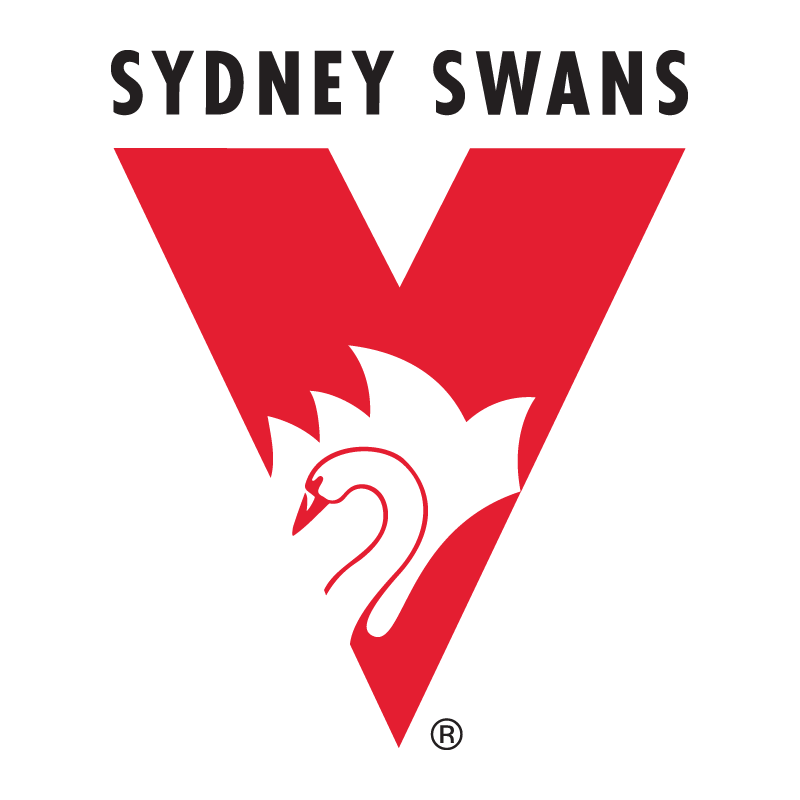
Sydney
Short-term outlook
Strength: Despite the retirements of Heath Grundy and Nick Smith, the Swans' back line remains their backbone with an established group of defenders led by Dane Rampe, Jake Lloyd and Jordan Dawson. Aliir Aliir and Callum Mills are quality compliments while draftee Will Gould is good enough to become a regular in his first season.
Weakness: Where Sydney fall short is through the midfield, where they need to provide greater support to Luke Parker and Josh Kennedy. It would help if Isaac Heeney is released into the midfield more in 2020, but they are still several high-quality, established pieces short.
Projection: Sydney are firmly in the rebuilding phase after losing significant experience with the trade of Zak Jones and retirements of Jarrad McVeigh, Kieran Jack, Heath Grundy and Nick Smith. Sydney in 2020 will be prioritising awarding their youth greater exposure to fast-track their development, particularly through the midfield.
Long-term outlook
Core pieces: Isaac Heeney, Nick Blakey, Tom Papley, Aliir Aliir, Callum Mills, Dylan Stephens, Will Gould, Jordan Dawson and Will Hayward.
Strengths: Sydney are assembling a strong young core with variety and talent across all lines.
Weaknesses: Like Melbourne, Sydney have the quantity of good young talent but need more stars. What Sydney lack positionally is a long-term ruckman, with no obvious solution currently.
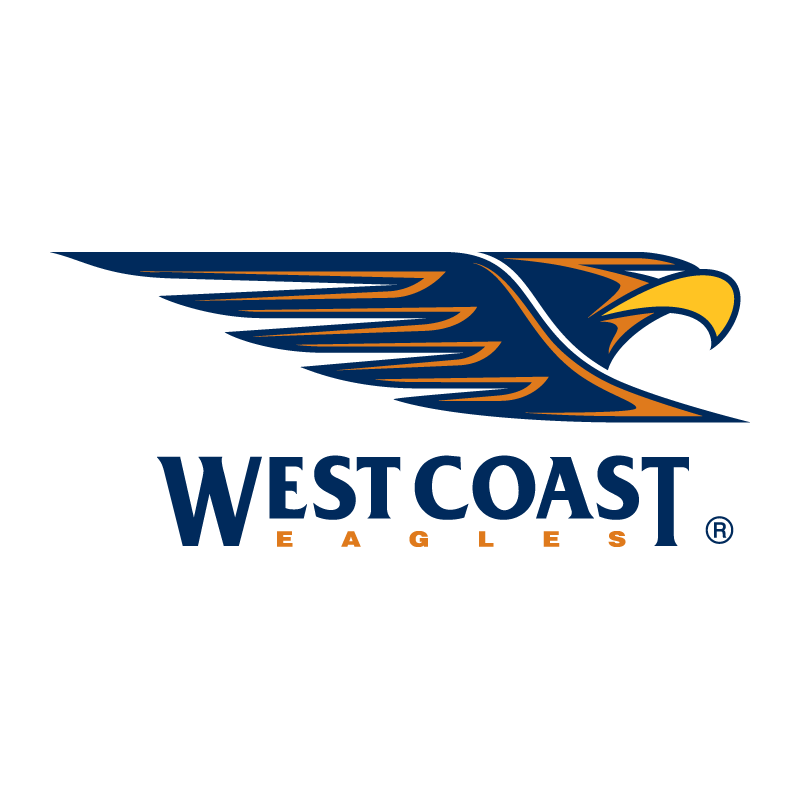
West Coast
Short-term outlook
Strength: West Coast's midfield is their greatest weapon which has become even stronger with the addition of ex-Cat Tim Kelly. If West Coast can keep Nic Naitanui healthy, their midfield will be hard to beat and can be a problem for the competition's best sides.
Weakness: Where West Coast can get exposed is in defence. Jeremy McGovern and Shannon Hurn are stars, while Tom Barrass and Brad Sheppard are capable complementary pieces. After those four, West Coast's stocks are uninspiring. The Eagles would benefit from another quality key defender and a couple of additional quality general defenders to complement their current mix.
Projection: With the addition of Kelly, West Coast will be vying for a top-four position and can contend for another Grand Final birth.
Long-term outlook:
Core pieces: Tim Kelly, Dom Sheed, Tom Barrass, Oscar Allen, Jarrod Cameron and Liam Ryan.
Strengths: West Coast's mix of forwards in Allen, Cameron and Ryan is their strength and what the Eagles should be most excited about for the future.
Weaknesses: West Coast's defence is a query over the long term with their better defenders in the twilight of their careers. The Eagles' long-term midfield group also appears thin and will also require replenishing down the track.
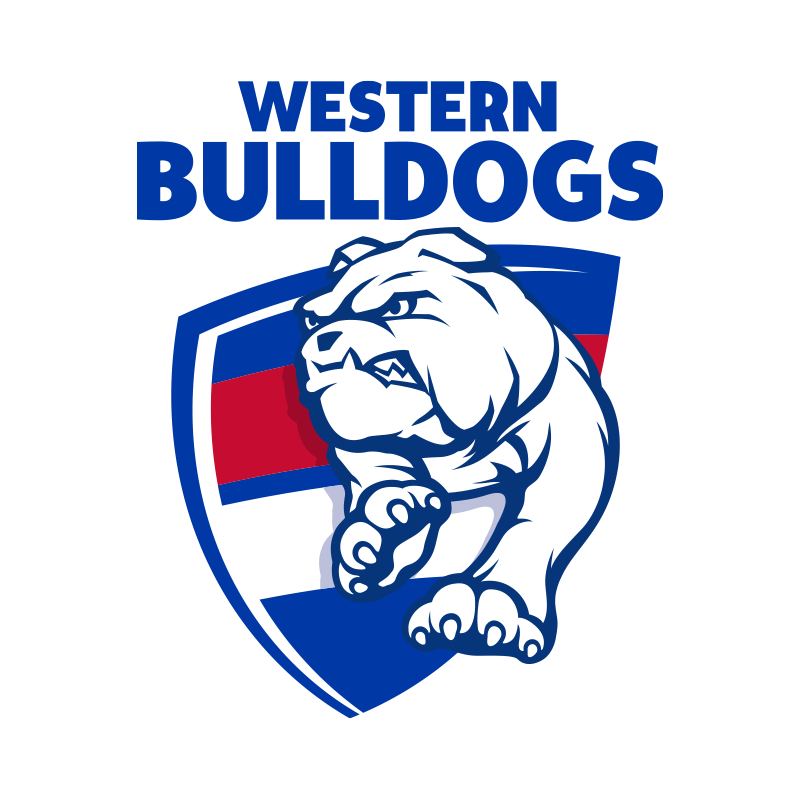
Western Bulldogs
Short-term outlook:
Strength: The Western Bulldogs have a deep and talented midfield which is their foundation of strength and one of the best in the AFL. Their midfield is packed with so much quality that many of their talented midfielders are required to play out of position or in the reserves. With Marcus Bontempelli, Jack Macrae and Josh Dunkley all in the same midfield, opportunities are sure to remain few and far between.
Weakness: The Dogs' primary weakness is their lack of quality talls and specifically a poor group of key position players and selection of ruckmen. Last season, Aaron Naughton was the club's one quality tall. While still suboptimal, their key position stocks look much stronger than in 2019 with the offseason acquisitions of Alex Keath and Josh Bruce. An extra year of development into Tim English and Joshua Schache should also help. Even with the club's list additions, the Dogs would benefit from the addition of a quality relieving ruckman and key defender to complete their tall stocks.
Projection: A potential premiership smokie, the Bulldogs have improved their weak key position stocks. With the strength of their midfield and a strong balance across all lines, the Dogs can contend for premierships over the next few seasons.
Long-term outlook
Core pieces: Aaron Naughton, Marcus Bontempelli, Jack Macrae, Bailey Smith, Josh Dunkley, Patrick Lipinski, Lachlan Hunter, Caleb Daniel and Tim English.
Strengths: As in the short term, the midfield is where the Dogs are strongest with incredible strength and depth among their inside stocks. There is a strong case the Dogs have one of the best young cores in the competition.
Weaknesses: The primary long-term concern will be in finding key position players who can complement Naughton. The Dogs would also benefit from additional quality small and medium forwards and defenders to complete their young core.
